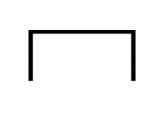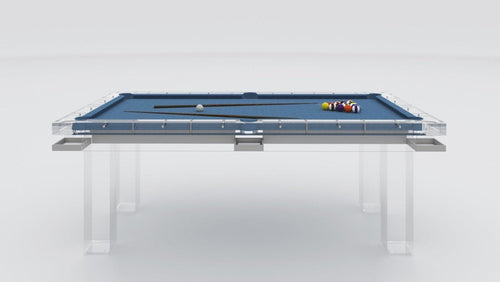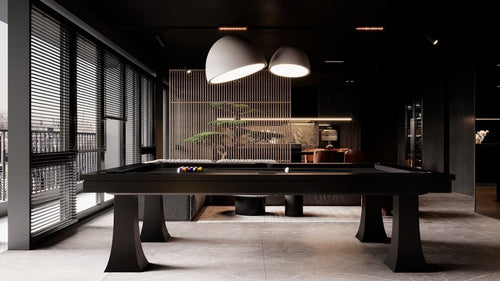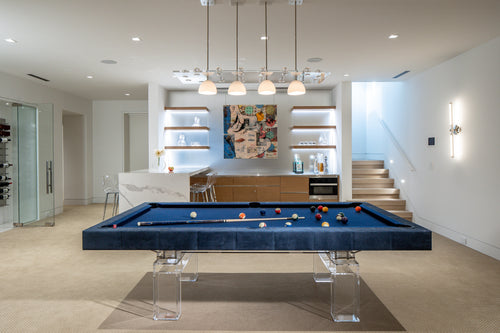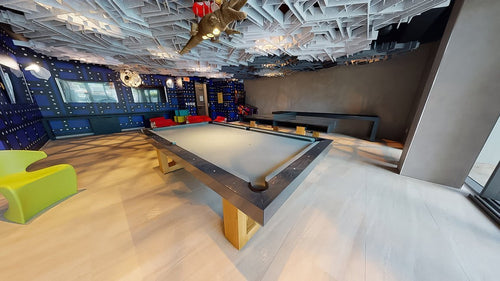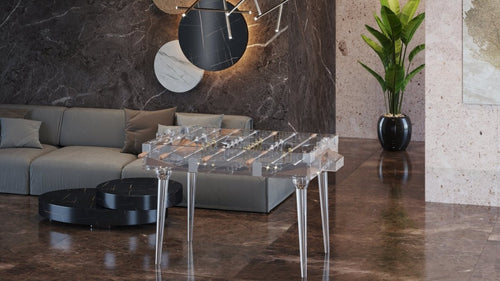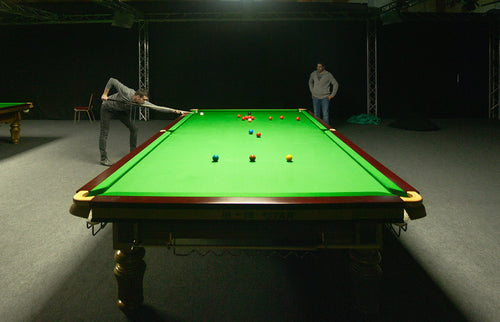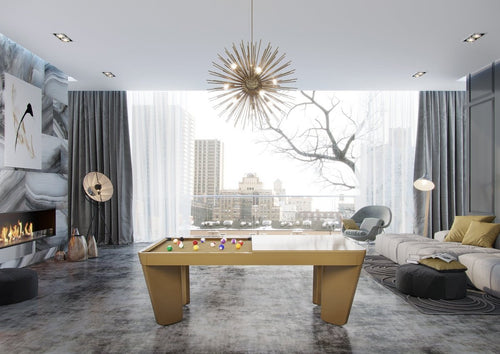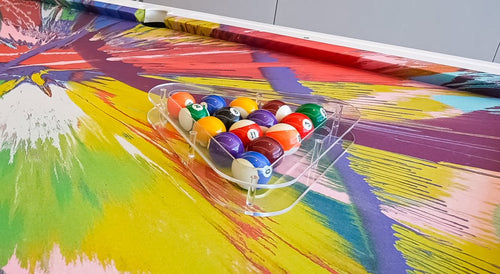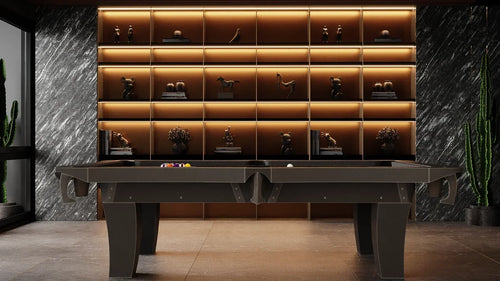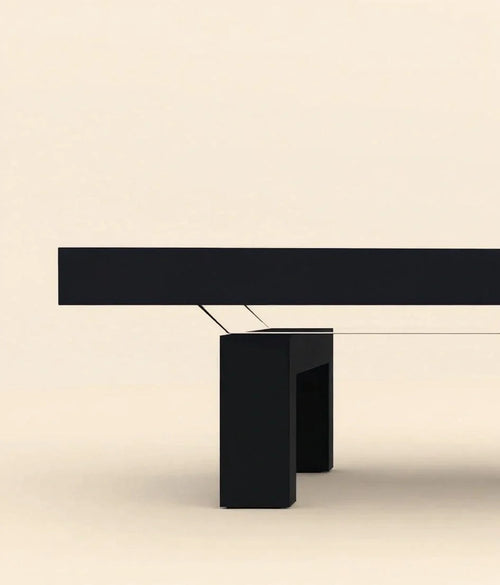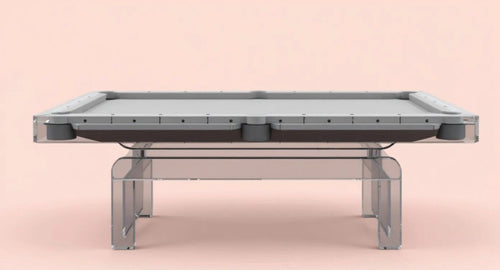Enjoy our modern designs
Estimated Read Time: 4 mins |
Definition of Pattern
Pattern is the decorative design or ornamentation of a surface based on the repetition of a motif—a recurring shape, form, or color. Patterns become texture when elements are so small or subtle they lose individual identity. Patterns can be:
- Integral: Inherent in a material's fabrication or assembly.
- Applied: Added after the surface is built or manufactured.
In effective design, no element exists in isolation—pattern organizes visual and spatial relationships, creating a cohesive whole.
Interdependence of Elements: Application and Impact
1. Defining Space and Boundaries
- Walls shape and limit interior spaces, articulating their boundaries.
- Door and window placement and partition layout affect scale, light, and spatial quality.
- Two-dimensional planning directly influences three-dimensional form.
2. Spatial and Visual Relationships
- Arrangement of walls, floors, ceilings, and furniture forms three-dimensional patterns.
- Design success hinges on proportion, scale, harmony, rhythm, and emphasis among elements.
3. Influence on Perception
- Color: Light tones expand, dark tones contract; color alters perceived size.
- Texture: Smooth textures reflect light; rough textures absorb and soften.
-
Pattern & Scale:
- In small rooms, subtle pattern avoids visual crowding.
- In large spaces, pattern defines zones or reduces scale.
-
Dominance & Direction:
- Flooring patterns with linear orientation shift perceived room proportions.
4. Integration with Design Principles
-
Harmony & Variety:
- Harmony arises from similarity; variety from contrast.
- Too much harmony = monotony; too much variety = chaos.
- Successful design balances unity with interest.
-
Rhythm:
- Repetition creates flow; structure reinforces rhythm (e.g., beams, columns).
- Element shapes and spacing contribute to visual tempo.
-
Emphasis:
- Dominant elements establish focal points.
- Subordinate elements support without overpowering.
- Well-balanced designs are adaptable over time.
5. Functional and Practical Interdependencies
-
Structural Systems:
- Columns, beams, and load-bearing walls dictate layout.
- Non-load-bearing partitions offer design flexibility.
-
Mechanical Integration:
- HVAC, lighting, and plumbing must align with spatial and aesthetic goals.
- Elements like air diffusers, switches, and fixtures must be coordinated.
-
Documentation:
- Specs and construction drawings must be accurate.
- Mistakes in patterns, dimensions, or specifications can lead to liability.
-
Programming:
- Initial analysis drives later design moves.
- "Problem Seeking" identifies function, form, economy, and time considerations that shape design patterns.
Summary
Pattern making is foundational to interior design—not just a surface treatment but a system of relationships and dependencies. Patterns organize space, direct perception, and integrate structural and aesthetic concerns. Each design choice—material, color, finish, placement—impacts others. Effective interior design requires a holistic, integrated approach where pattern and function are inseparable from the spatial, visual, and experiential success of a project.

